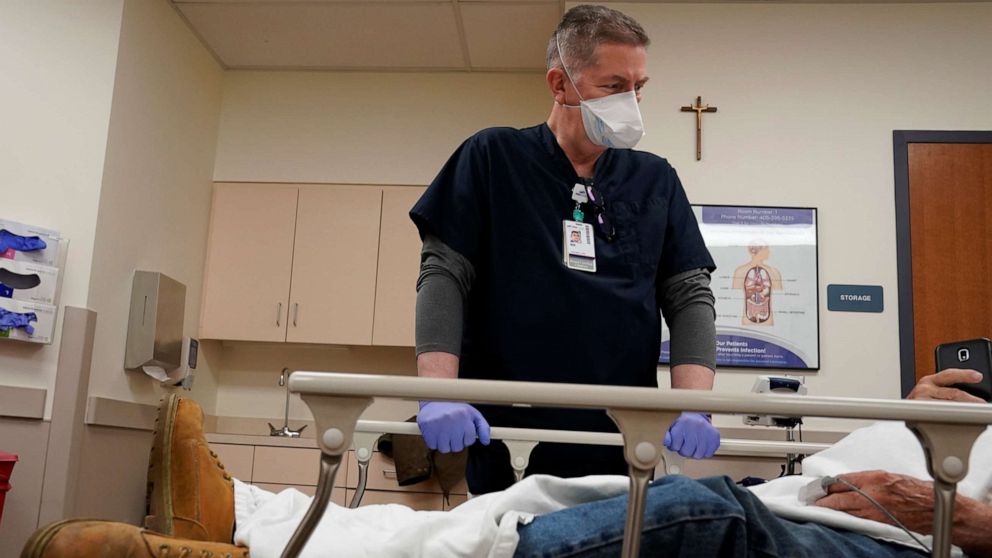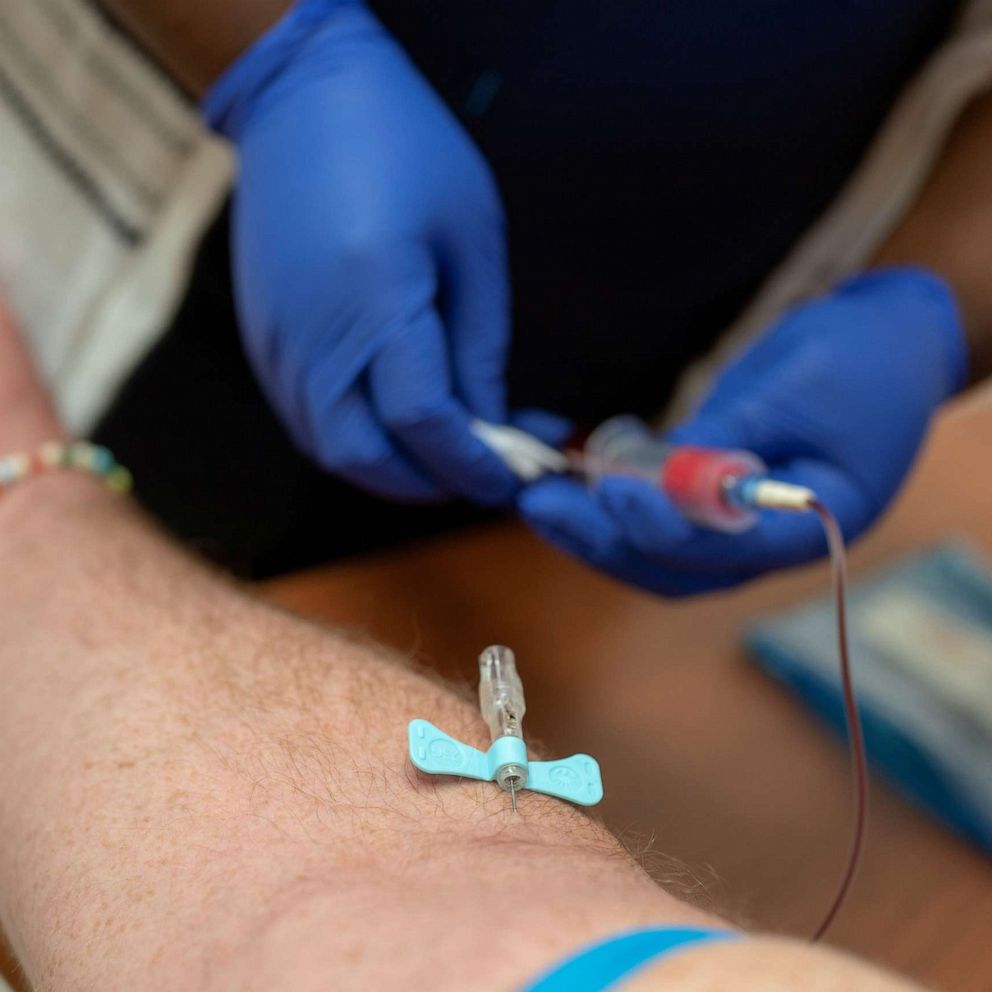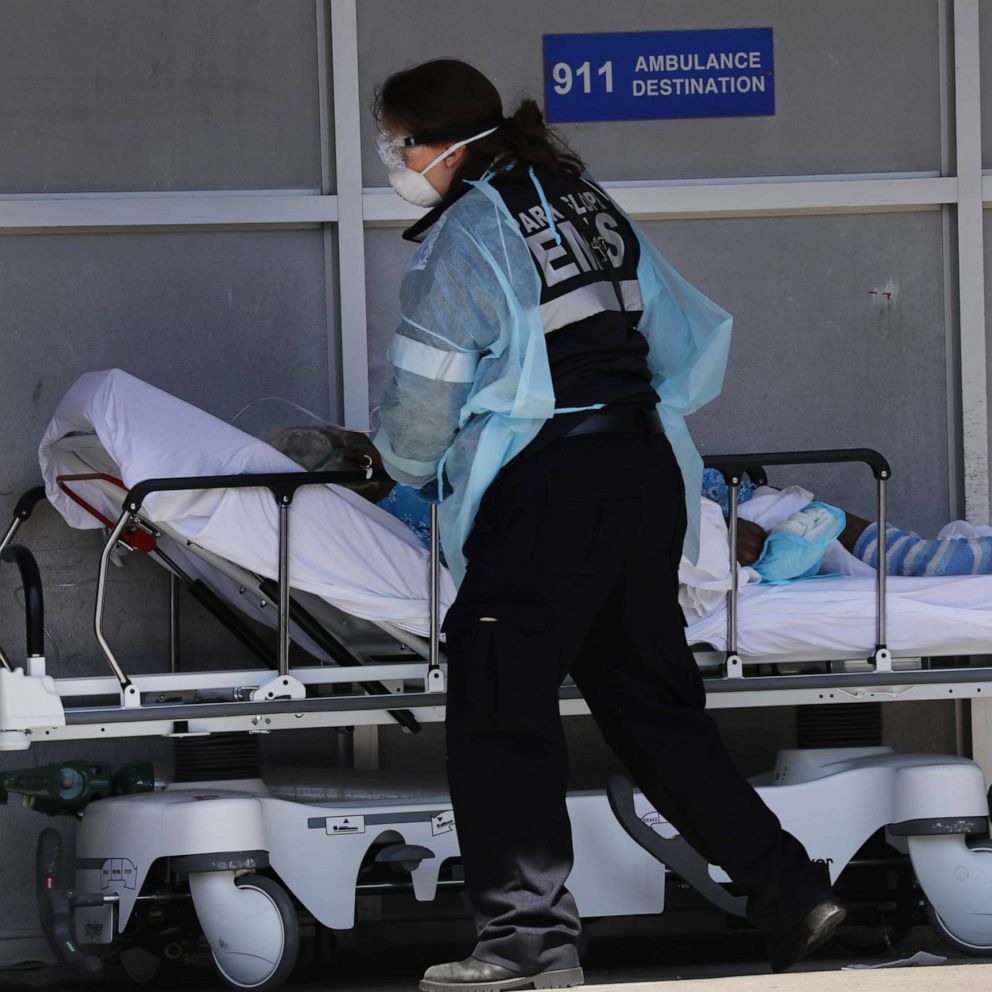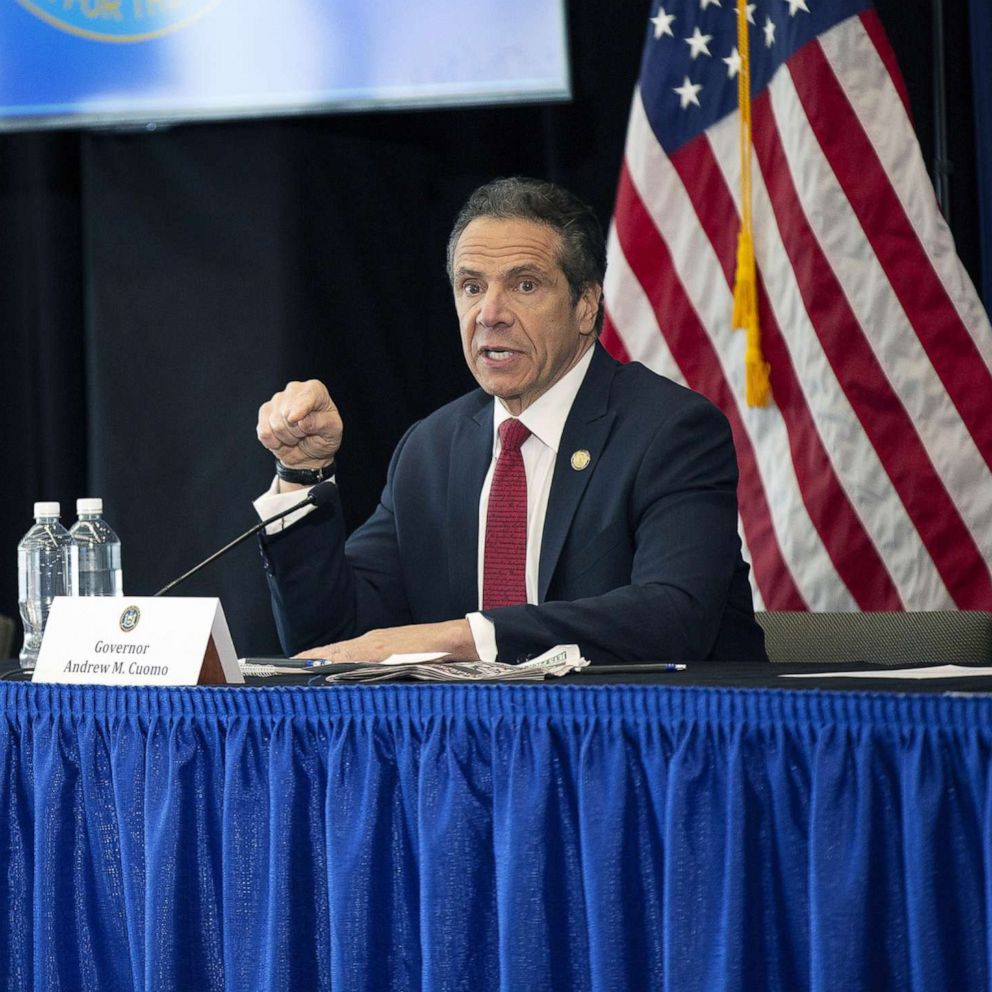Some hospitals outside of hot spots prepared for coronavirus war, face financial wounds instead
When the first cases of coronavirus were announced in New Mexico on March 11, administrators at Santa Fe’s Christus St. Vincent Hospital felt prepared. As hot spots emerged from coast to coast, the 200-bed hospital -- the only full-service comprehensive care facility in the northern-central part of the state – readied staff, surged its intensive care unit, and canceled elective surgeries.
The president of the hospital's clinician group, Dr. Lance Wilson, likened the process to preparing for a “mini-war.”
So far, though, the war has not yet come. Nearly eight weeks on, large swaths of New Mexico and other predominantly rural states have managed to avoid the anticipated surge in cases that crippled providers in cities like New York, Los Angeles and New Orleans.
But before health care officials who serve rural communities breath a cautious sigh of relief, a new threat has emerged: the dearth of lucrative elective surgeries and a drop in emergency room visits have dried up revenue streams, leaving administrators to furlough staff and, in some cases, close up shop.
"By the end of March, we knew that we were in a bad spot," David Gonzeles, an internal medicine physician and the Chief Medical Officer at Christus, told ABC News. "Things had changed dramatically."
Tune into ABC at 1 p.m. ET and ABC News Live at 4 p.m. ET every weekday for special coverage of the novel coronavirus with the full ABC News team, including the latest news, context and analysis.
Dr. Mark Holmes, a health policy and management professor at the University of North Carolina, told ABC News it is "a really weird time in health care" across the board.
“As the virus was getting a foothold in the states, policymakers, hospital leaders, researchers -- they were all highly encouraging health care systems to empty their beds so that we can meet this surge of patients that we expect," he said. "That influx, thankfully, never came... But now there has been a massive decline in revenue.”
Other experts are urging caution, noting that a surge of coronavirus cases in rural communities could amount to a “secondary wave.” Dr. John Brownstein, a Harvard epidemiologist, chief innovation officer at Boston Children's Hospital, and ABC News contributor, said rural areas “are definitely not out of the woods – and are in fact more vulnerable in many ways.”
In the meantime, hospitals big and small, urban and rural, “have experienced an economic decline due to the pandemic … due in large part to the cancelation of non-emergent care and the deferral of other non-urgent treatments and visits,” according to Erika Rogan, a senior associate director for policy at the American Hospital Association.
Lilian Montoya, Christus St. Vincent's president and CEO, described those non-essential surgeries as the "bread and butter" that keep hospitals going.
A lower volume of patients during the normal course of business makes rural facilities particularly vulnerable in times of crisis. With thinner margins, the pandemic is exacerbating the financial stress that's hobbling even the country's largest hospital systems, experts said.

The financial strain on rural hospitals has manifested itself in a number of ways. At Christus, for example, administrators have had to place 300 employees on temporary leave to make up for an estimated $10 million monthly loss in revenue. So far, the hospital has treated eight coronavirus cases.
"We needed to be realistic about what our situation really was," Montoya said. "It wasn't what we were seeing in other countries."
Daviess Community Hospital in Washington, Ind., announced this week it would begin to furlough staff and cut other employees’ salaries by 10%. Last week, West Tennessee Healthcare announced “management pay reductions, reduced hours and furloughs, and suspension of the employer contribution to the 403b retirement plan.”
More than 200 American hospitals have furloughed workers, according to press reports and hospital statements gathered by Becker Hospital Review.
The financial pinch has left other hospital administrators to think creatively and embrace emerging technologies. Dr. Kevin Lewis, the regional president of SSM Health in Oklahoma, said the pandemic adjustments are tantamount to “completely redesigning our business.”
“We had a massive effort at converting things to video and telephone care,” Lewis said. “And that was a huge, huge undertaking.”
But the outcome is more dire for others. At least one hospital has linked its demise to the financial strain caused by the pandemic.
In West Virginia, Williamson Memorial Hospital, which celebrated its 100th anniversary in October, announced that “the decline in volumes experienced from the current pandemic were to [sic] sudden and severe for us to sustain operations.”
“It is with a very heavy heart that we have no other alternative to keep the facility operating,” a statement from the hospital read.
Hughes, the North Carolina professor, warned that Williamson Memorial could be an early casualty of a troubling trend for rural hospitals. Hughes oversees program at the university that tracks rural hospital closures. In 2018, for example, 14 rural hospitals shuttered operations, according to his count – almost exclusively in the Midwest and the South. In 2019, that number was 18.
With 10 closures already in 2020, Hughes said rural hospital closures are on pace for a “big bump up, even if things slow considerably.”
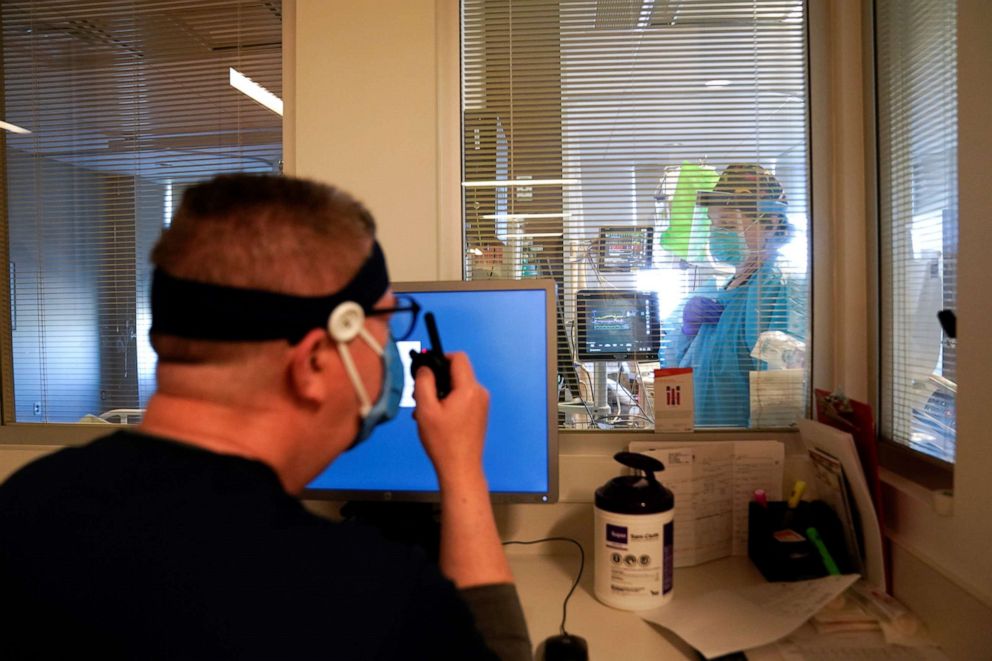
Hospital closures, particularly in rural areas, can have a devastating effect on the community, with implications that extend beyond the loss of a health care facility. Often the top employer in large, sparsely populated counties, hospitals serve as community pillars, financial hubs and, in some cases, a source of identity.
“Hospitals represent their communities in rural areas in significant ways—often they are the largest employer in the community,” said Rogan of the American Hospital Association. “When rural hospitals close, there are not only real effects from a financial standpoint, but there are also broader effects when communities experience this loss.”
Leaders in Washington, DC, have taken notice. In the latest stimulus bill, lawmakers set aside $75 billion, in addition to $100 billion from the first $2.2 trillion CARES Act, to support struggling hospitals balance their books. The Healthcare Financial Management Association estimates $10 billion of those funds has been specifically earmarked for rural hospitals.
A bipartisan group of nine senators wrote a letter earlier this month encouraging the Department of Health and Human Services to allocate more money for rural providers.
But administrators and researchers remain skeptical that there will be enough money to go around.
“The tranche of federal support being implemented currently will be important, but given what we’re talking about in terms of months more of this disruption, I think that support will not be sufficient for many hospitals,” Hughes warned. “I do anticipate more closures.”
For hospitals that are staying afloat, plans to reopen society cannot come fast enough.
Many states plan to begin lifting the suspension of elective surgeries in the coming days, and hospitals are hoping to make up for lost time – and money.
Montoya, Christus St. Vincent's president, remains "cautiously optimistic" she will be able bring back the 300 employees on temporary leave by June, depending on how quickly they can scale up and still ensure safety.
New Mexico's Governor Lujan Grisham has already extended the state's stay-at-home order through May 15, but Montoya said she is actively preparing more recommendations for hospitals as part of the Governor's Medical Advisory Task Force.
But the backdrop of a global pandemic remains in place, and in the minds of hospital administrators desperate to move past it.
“I compare it a bit to boarding up and evacuating for the hurricane -- and yet the hurricane is so many miles offshore, nobody can tell if anything is coming or changing,” said Lewis, from SSM Health. “But the hurricane, at least at this point, didn't make landfall where we are. So it's surreal on the back end as well, because you're a little too scared to celebrate much because we're not out of the woods.”
What to know about coronavirus:
- How it started and how to protect yourself: Coronavirus explained
- What to do if you have symptoms: Coronavirus symptoms
- Tracking the spread in the U.S. and worldwide: Coronavirus map
